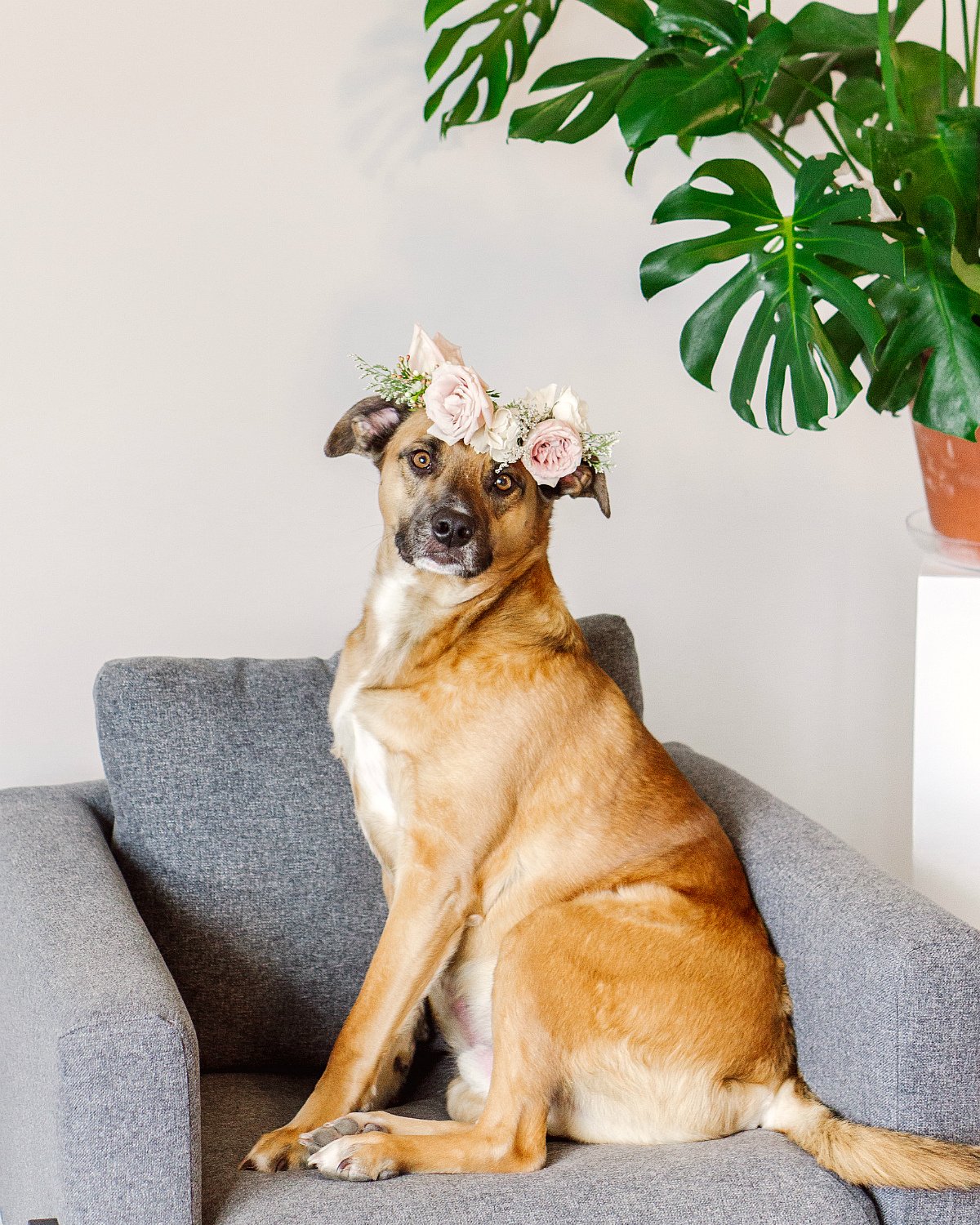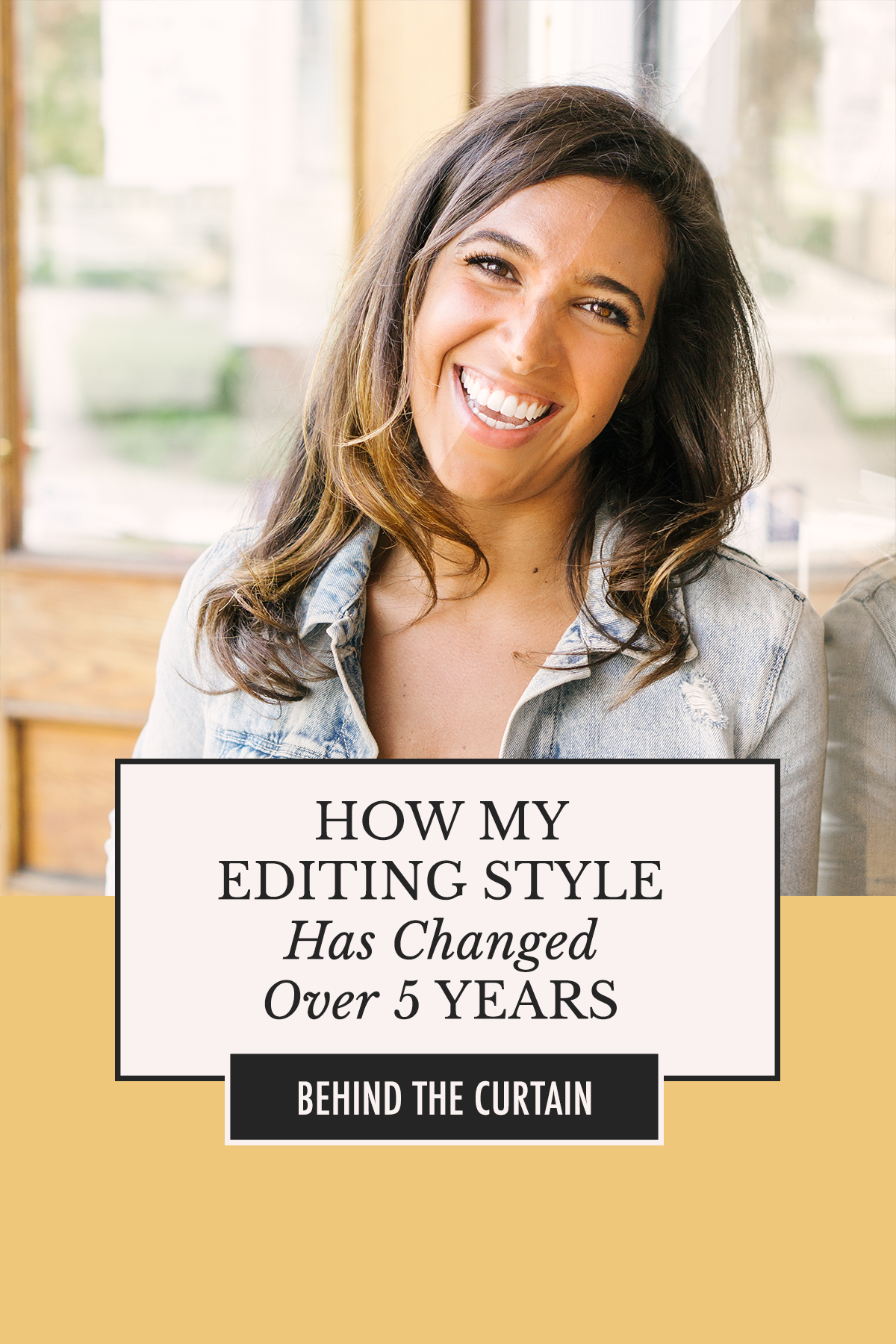My 7 Best Tips for Becoming a Full-Time Photographer
When I launched my business, I knew there was a chance that my business could be one of the 50% that fails in under two years. Going on my fourth year now, I have a lot to share about success.
Unlike many photographers, I didn’t start out part-time and edge my way into full-time. I was a hobby photographer, self-taught, who found out unexpectedly that her day job would be gone in two months. (Those two months turned into six, but that’s another story.)
Panicked, I thought, “What could I do to make money without having to find another job?” Still in a state of shock, within 48 hours of the news, I bought a domain name, launched a website, and started telling everyone I met that I was a photographer.
Today, I get messages on Facebook, on Instagram, and in my inbox from women around the world, wanting to know, “Are you really full-time? How did you make that happen?”
While I can’t share everything there is to know in a single post, I can share 7 tips I think apply to any photographer, and, if you want to be a social media and brand photographer, like I am, in tip #7 I’ll share a great way to go even deeper.
Here are my 7 best tips on getting from hobby or part-time to full-time and thriving as a photographer in any industry!
TIP #1: DEVELOP YOUR AREA OF EXPERTISE
If you want to be able to market yourself effectively, you want to develop an area of expertise—a type of photography for which you will be known.
This could be family portraits, commercial photography, engagements—whatever lights you up most and produces your best work. But the real point I want to drive home here is that you don’t want to become the “every” photographer.
Here’s why:
Everyone shopping for a photographer has a specific reason for doing so. They are looking for a particular type of photography on every website they visit as they shop around—they want to be sure they get the right person for the job. The more “muddied” your website is with different kinds of photography, the less experience it looks like you have in each area.
Plus, if only 20% of your website is dedicated to each niche of photography you offer, then the person shopping for, say, lifestyle photography is going to be uninterested in 80% of your content; and if she has to wade through 80% of your content to find what she’s looking for, she’ll probably move on to the next photographer’s website before she stumbles on what she came for.
Not to mention referrals are much easier to get when people know what you specialize in! For example, if you do a great job at shooting weddings, every time your last bride’s friends get engaged, she’s going to recommend you. So pick an area of expertise, and focus on that!
TIP #2: HONE A UNIQUE STYLE
Think about all the different kinds of items in your life you price-compare before you buy. Then think about which items you never do. There are some items you probably always get brand-name, though many others you buy based on what’s the best deal at the moment.
You don’t want your photography to be something that clients price-shop.
One of the best ways to avoid this is to hone a unique style—a way of both shooting and editing that makes your “voice” unique among the masses.
Our instincts might tell us that this will mean we’re “limiting” what we can offer, or that we’re not demonstrating the full scope of what we could provide—and this is true, but it’s not a bad thing.
Most of the book illustrators, musicians, and other creatives we recognize in daily life by their work we recognize because they eliminated many of the stylistic options that could have kept in their repertoires and each focused instead on becoming excellent at a single style.
What style do you love shooting the most, or what attracts the most work for you? If you want some help with this, check out this post on honing your editing style here at Alexis The Greek.
TIP #3: DON’T KNOCK THE IDEA OF WORKING FOR FREE (UNDER CERTAIN CONDITIONS)
One of the earliest things I did to get my business going was offer to work for free—although I called it “in trade.” Basically, I ran Facebook ads saying, “If you’ll be so kind as to allow me to use the images in my portfolio, I’d love to take your photos at no charge.”
I positioned my offer this way because these days, anyone offering something “for free” seems secretly to want something in return (even if it’s just your email address). When people knew what the stakes were in my offer, they were more than happy to comply—“Oh, these really are for free. I’m up for that!”
Now, my reason for offering to do work for free was genuinely to niche-down my portfolio and show that I had a range of experience in the arena I was trying to break into, so I could cut to the front of the line, so to speak. And it worked! With a website full of previous work, I was a much easier hire for my target (paying) clients.
I’ve also occasionally done work for free or in trade when I knew that the recipient of my work was well-connected among my target market and would lead to more clients. These arrangements always included written agreement to credit me when sharing my work on social media. This strategy was equally effective in generating full-paying clients, so to me, it was merely a cost of good marketing.
I hear-slash-see a lot of burgeoning photographers online complaining about connecting with that perfect client, at long last—only to then be asked for a discount, and to that I say: If the client is going to lead to lots more work for you, then extend the discount! Just let the client know this is a one-time deal, and you can’t promise the same discount to your clients’ friends or family.
TIP #4: LEARN HOW TO NETWORK
Networking is key to business success. There are no two ways about it.
Networking is something we do naturally—we just have a name for it that makes it sound schmoozy, and we need to let go of that notion to do it well. Networking is really just about making the most of your current human resources, and expanding your social and professional circle intentionally when needed.
Here’s what I mean: If you have one friend who seems to know everyone in town, when you’re ready to take the leap into full-time photography, that friend is the first person you tell. Not only do you tell him or her that you’re making the leap, but you share what kind of client you’re looking for: “Newly-engaged, upper-middle class brides-to-be between here and Rockport,” or “Families that had a baby within the last 6 months.”
This gives your well-connected friend some cues to remember you when she runs into friends that fit the description in everyday life. Well-connected people are usually also naturally enthusiastic, so she’ll be likely to talk you up when she mentions you.
Networking can also be just asking someone new to coffee. You can meet people in local Facebook groups, on Instagram, or at community events.
I actually wrote a great post on networking a few posts back. If you want to pick up some actionable tips to get started meeting new people, read 3 Easy Networking Tricks to Try When You’re First Starting in Business.
TIP #5: MAKE YOUR WEBSITE YOUR CENTRAL HUB
Facebook will always look like Facebook; Twitter will always look like Twitter. If you want your clients and potential clients to have one place they can go to get a truly immersive experience of your brand, a website is the only way to do that.
You also have control of the conversation on your website. Even if you post great content on your social channels, you’re competing with dozens or hundreds of voices that each person in your audience is also following, and that’s a tough spot to be in.
On your own website, your clients merely have the option to click on this topic or that one, and both are written by you—no distractions, no notifications, no Calls to Action other than the ones you place in front of them, such as “Contact me,” “Refer a friend,” or “Subscribe to My Blog.”
I made my website my central hub and I’m so glad I did. When I first launched my business, I thought Instagram was going to be the place that drew in the most business, so I poured my attention there; then Instagram became too crowded and the algorithm changed, so I came back over to Facebook; and this year, I’ve been using Pinterest the most diligently, reaching 40-80K per month.
Imagine if I’d had a shoddy website that whole time, and every time I needed to “move camps” I’d essentially had to start over! Not ideal. But the way it is, every time I pivot my strategy, one thing stays the same: I send the traffic I get to my website—where, typically, the right clientele for me falls in love and subscribes or fills out my contact form.
Trust me on this one—make your website your central hub!
TIP #6: BEHAVE LIKE A PRO
This photo of Alexis by Jenn Bakos
You only shoot yourself in the foot when you watermark the images your clients are allowed to post on social media. Unless you took them for your grandma or cousin or maybe your bestie, no one is going to want to post those anywhere, so you just miss out on the exposure. Plus, who ever wants to hire a photographer after seeing that the images their clients get have a big logo on them? Yuck.
Social media makes it SO EASY to credit a photographer these days. A watermark doesn’t link to your Facebook Page or Instagram account, but a tag sure does! Let your clients know that if they post on social, you want to see, so they should tag you. Don’t make it mandatory; that’s not professional. Most of your clients will be happy to do it!
In every way possible, package your products and choose your behaviors as though you are walking through the client’s shoes. Don’t spring extra fees on them; don’t charge for revisions; don’t limit their downloads. The top of the field don’t do these things, and neither should you!
Want to be a pro? Behave like a pro!
TAKE A BUSINESS CLASS JUST FOR PHOTOGRAPHERS
This photo of Alexis by Jenn Bakos
You don’t have to pay $50K for a bachelor’s degree in photography to make a go of it as a professional. However, just being good behind the camera (and the editing screen) will not automatically make you a proficient business person.
Businesses are machines that run on systems, systems that keep things running even in the “down season” and generate the next wave of clients before the current one has completed working with you. Businesses rarely receive requests for discounts, or offers to “let you shoot to help you grow your portfolio”—people simply pay the prices listed. Because that’s what you do with businesses (not always the case with freelancers).
There are programs out there specifically for wedding photographers (such as Jenna Kutcher’s TPL-Insiders), food photographers (such as Sarah Fennel’s Foodtography school), and now, for brand and social media photographers—because I created a program for that, too!
These programs are great because they help you with the area of expertise you’ve claimed for yourself, expedite the process of figuring out your editing style, and help you market yourself to attract the kind of work you want the most. At the end of the day, they’re business classes, but they’re designed to support photographers in your position, so the principles are tailored and trustworthy.
You can learn about my own program, an 8-part seminar called for brand photographers, by clicking or tapping over to my shop for photographers!
Was this helpful? If so, pin the post so you never lose it! And before you go, leave me a comment letting me know which of these steps you plan to take action on starting today. I love to see other photographers succeed, because this career path has brought me so much joy!
HELLO! MY NAME IS ALEXIS.
Coffee lover, day dreamer, foodie, and creative. I believe in doing what you can with what you have where you are. I blog to help you do more with what you have. I hope you love it here!






















